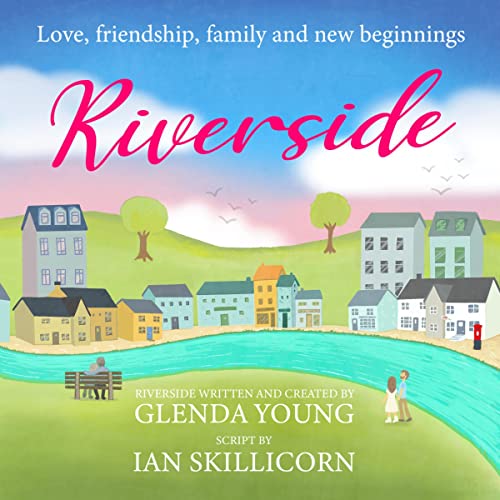 Riverside: The feel-good, life-affirming story of love, friendship, family and new beginnings by Ian Skillicorn, Glenda Young
Riverside: The feel-good, life-affirming story of love, friendship, family and new beginnings by Ian Skillicorn, Glenda Young Narrator: David McClelland, Melanie Crawley, Becky Wright, Lisa Armytage, Gerard Fletcher, Toby Laurence, Glen McCready, Penelope Rawlins, Keith Drinkel, Michael Chance
Format: audiobook
Source: purchased from Audible
Formats available: ebook, audiobook
Genres: family saga, romantic comedy
Pages: 336
Length: 3 hours 51 minutes
Published by Wyndham Media Ltd. on July 21, 2022
Purchasing Info: Author's Website, Publisher's Website, Amazon
The feel-good, life-affirming story of love, friendship, family, and new beginnings!
Changes are coming to the riverside town of Ryemouth, and while some of the community are excited by new beginnings, others are finding it hard to let go of the past.
A new 14-episode audio soap with a cast of loveable characters you'll want to laugh and cry along with.
Susan and her boyfriend Dave can't wait to open their new café and deli, The Old Engine Room. But Susan's dad, George, is not so thrilled. He's never approved of Dave, who used to hang out with the wrong crowd. Can the happy young couple win George round?
Mary and Ruby have been friends since the first day of infant school, even though their lives have turned out very differently. Mary has a contented family life with husband George and daughter Susan. Poor Ruby has never been so lucky in love. Then she meets her teenage crush in surprising circumstances. Mary has her doubts about the charming Paul. Will Ruby finally get her own happy ever after?
Dave wants to put his past behind him. His dream is to make a success of the business, and one day be a good husband and father, like his own dad, Mike. Yet, he's forced to keep a secret from everyone he loves. Who should he turn to for help out of a tricky situation?
When the community comes under threat from developers, can everyone put their differences to one side to defend the town they love?
Riverside is full of romance, heartbreak and secrets, as well as gentle wit and humor.
The Riverside audiobook drama is based on the popular weekly magazine serial written and created by Glenda Young.
My Review:
A small town, a big change and two families whose reactions to that change and fortunes as a result of that change have gone in somewhat different directions. And in the middle, a young couple, not exactly Romeo and Juliet, but still caught in the tension between their two sets of parents but wanting to make a go of their own life – together.
If only they can get their parents – or at least get her acerbic, reluctant, pessimistic dad – to see that his perpetual “glass half-empty” attitude is driving a wedge between his daughter and her happiness. The one thing he wants more than anything else.
Once upon a time, Ryemouth was a shipbuilding town. A time that is not so long ago that Mike Brennan and George Dougal didn’t both spend 30 years of their working lives at the shipyard. But Mike and George are in the 50s now, both trying to figure out what happens next in their lives.
And that’s where the story gets its tensions from. It’s not that Mike and George are enemies, more that their fortunes have taken different turns afterwards. George fights change at every turn, while Mike embraces it – with the result that the Dougals have had a more difficult economic time in the aftermath of the shipyard closure, while the Brennans are doing well.
That George’s daughter Susan and Mike’s son Dave have been dating seriously for a while is just part of the simmering undercurrent. Mike is opening a new restaurant as part of the gentrification of the land that used to be that old shipyard. His son is the manager, and George’s daughter Susan is the assistant manager – putting her in constant company of a man George already doesn’t approve of.
Then again, George doesn’t approve of change much at all. And isn’t in the least shy about saying so at pretty much every opportunity. The families will need to find a way for everyone to do more than co-exist. They need to support their kids and launch them successfully into their own futures.
The parents just have to figure out how to get out of their own way. Well, at least George does.
Escape Rating B: If the premise of this sounds comfortably familiar, it should. It’s pretty much the opening scenario for every soap opera ever. And there’s a reason for that comfort, because this format is a lovely way to introduce all sorts of sometimes cozy, occasionally uncomfortable, and frequently just close enough to real situations to tug at the heartstrings.
What makes Riverside a bit different from the usual run of soaps – in addition to its small-town English setting – is that the story is told entirely in audio. But it’s not a radio play. The story is told through just the voices of the characters. There is minimal narration and very little in the way of sound effects – mostly ringing phones and doorbells.
In order for this to work, the voices have to be distinct and the actors have to be excellent at telling their part of the story through tone and inflection – because the listener doesn’t have anything else to go on.
The story that is told in Riverside is comfortably familiar. Two families, who have known each other since the parents grew up together – if not longer – have to work their way through ties of friendship and thorny knots of contention to support the next generation. While that next generation has their own issues to deal with.
But the way the story is told makes everything fresh and new, whether it’s the way that George is finally able to weaponize his hatred of change for the good of the community, Mary Dougal’s best friend Ruby and her lifelong misadventures in romance, or young Dave Brennan forced to confront the misadventures of his not so distant youth before they consume the hope of his present – and his future with Susan.
So if you’re looking for a way to while away a few hours that will pass very swiftly, listening to the trials and triumphs of the Dougals and the Brennans in Riverside is a lovely way to make a Sunday drive go just that much faster – without breaking the speed limit!
~~~~~~ TOURWIDE GIVEAWAY ~~~~~~
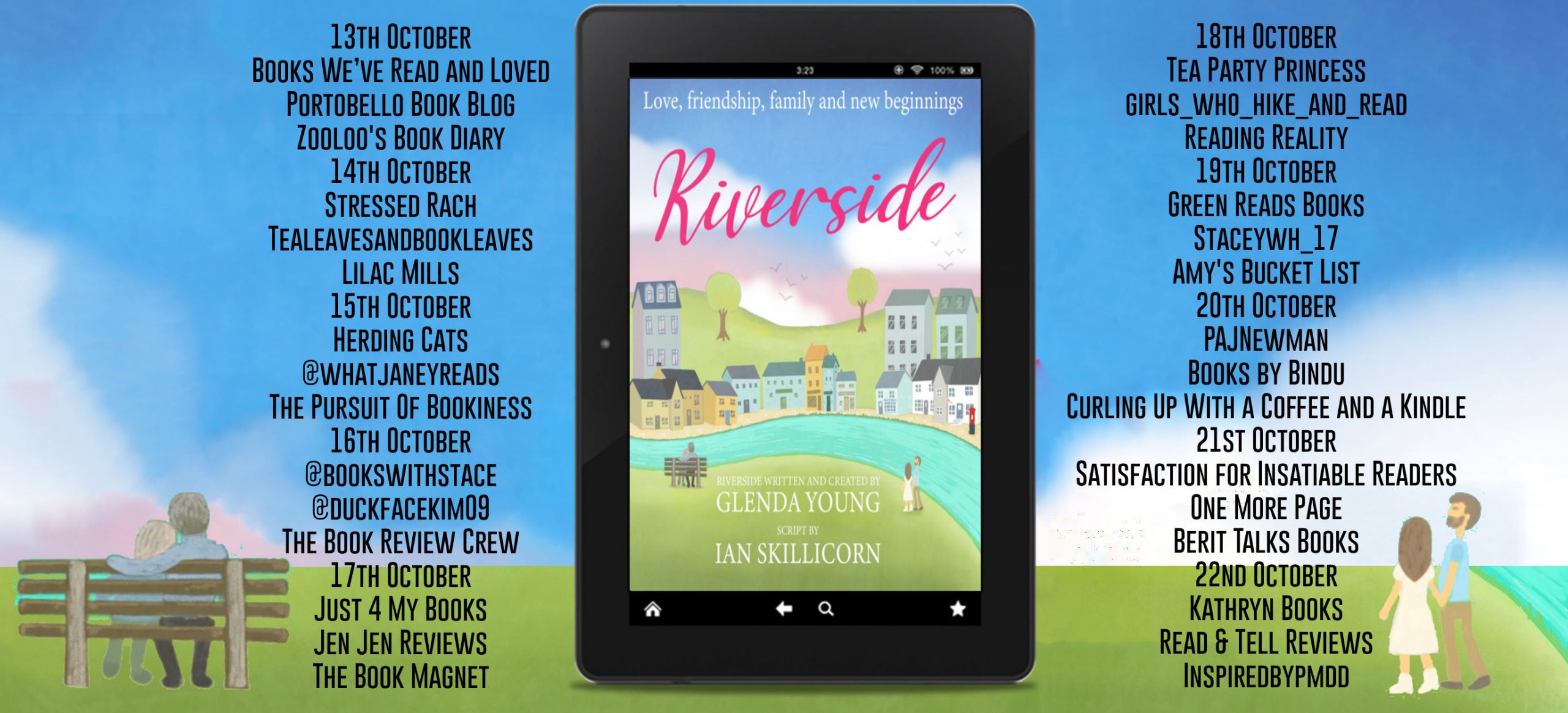
Giveaway to Win 5 x Audio copies of Riverside (Open to UK/US)
*Terms and Conditions –UK/US entries welcome. Please enter using the Rafflecopter box below. The winner will be selected at random via Rafflecopter from all valid entries and will be notified by Twitter and/or email. If no response is received within 7 days then Rachel’s Random Resources reserves the right to select an alternative winner. Open to all entrants aged 18 or over. Any personal data given as part of the competition entry is used for this purpose only and will not be shared with third parties, with the exception of the winners’ information. This will passed to the giveaway organiser and used only for fulfilment of the prize, after which time Rachel’s Random Resources will delete the data. I am not responsible for despatch or delivery of the prize.
a Rafflecopter giveaway

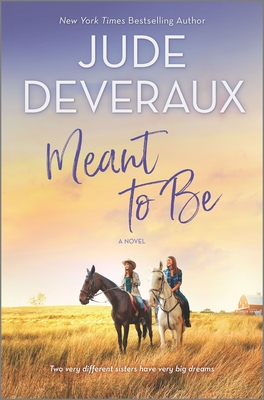 Meant to Be by
Meant to Be by 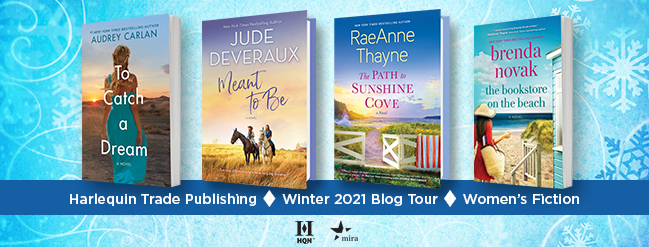
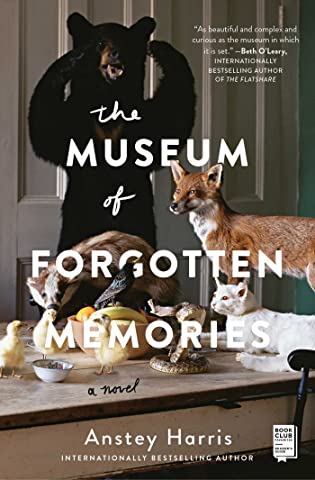 The Museum of Forgotten Memories by
The Museum of Forgotten Memories by 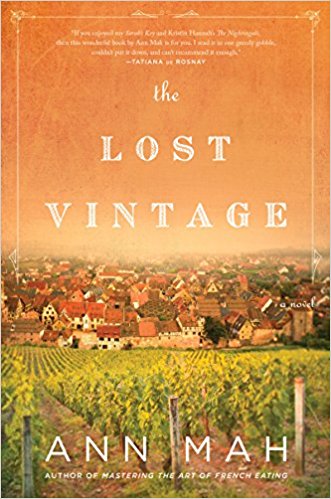 The Lost Vintage by
The Lost Vintage by 
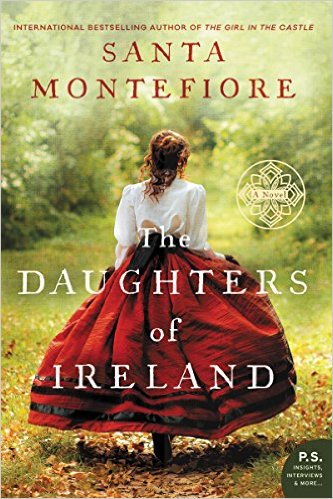 The Daughters of Ireland by
The Daughters of Ireland by 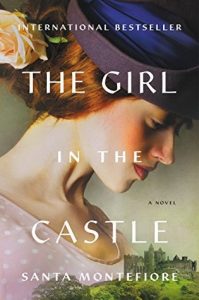 In this second book in the
In this second book in the 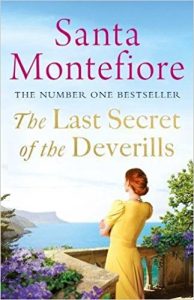 The person she becomes after it all crashes down around her is much more interesting, and much more capable, than anyone imagined – including Celia herself. Her transformation carries the reader along from London to Ballynakelly to Johannesburg, and it’s the making of her.
The person she becomes after it all crashes down around her is much more interesting, and much more capable, than anyone imagined – including Celia herself. Her transformation carries the reader along from London to Ballynakelly to Johannesburg, and it’s the making of her.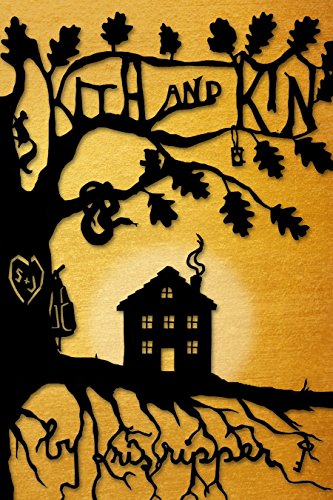 Kith and Kin by
Kith and Kin by 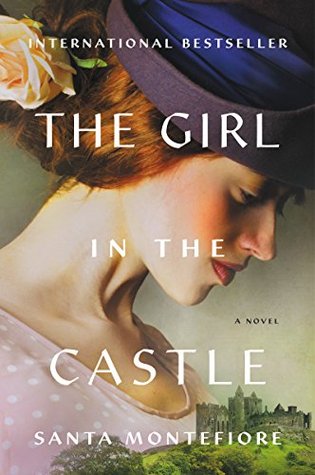 The Girl in the Castle (Deverill Chronicles #1) by
The Girl in the Castle (Deverill Chronicles #1) by 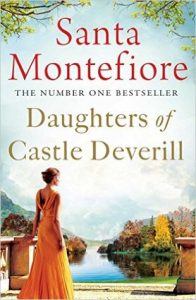 This is the first book in a projected trilogy. The Girl in the Castle was published last year in Britain as
This is the first book in a projected trilogy. The Girl in the Castle was published last year in Britain as 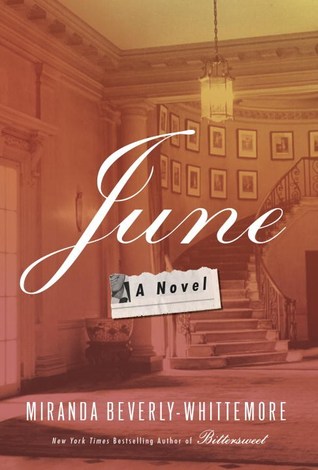 June by
June by 